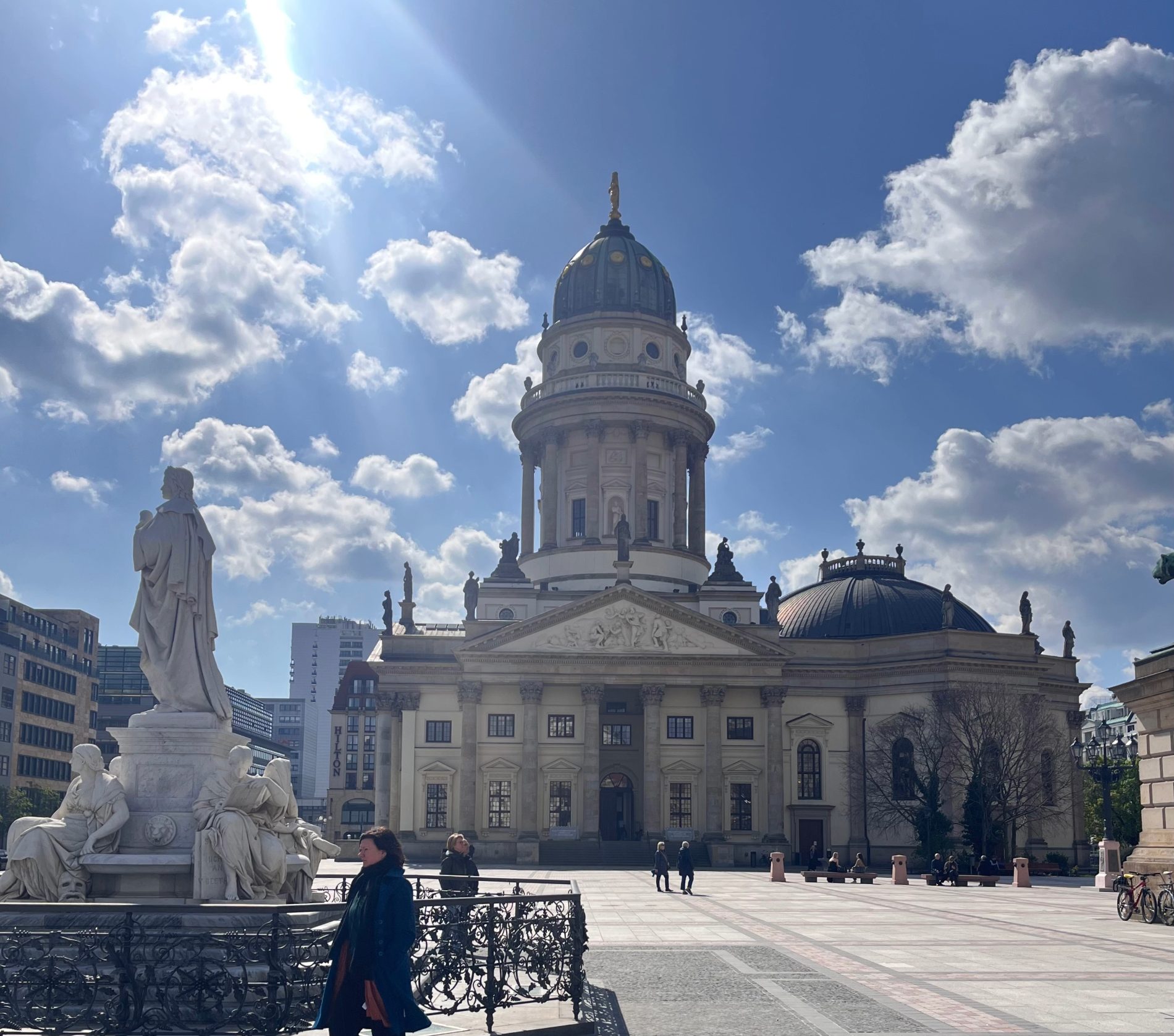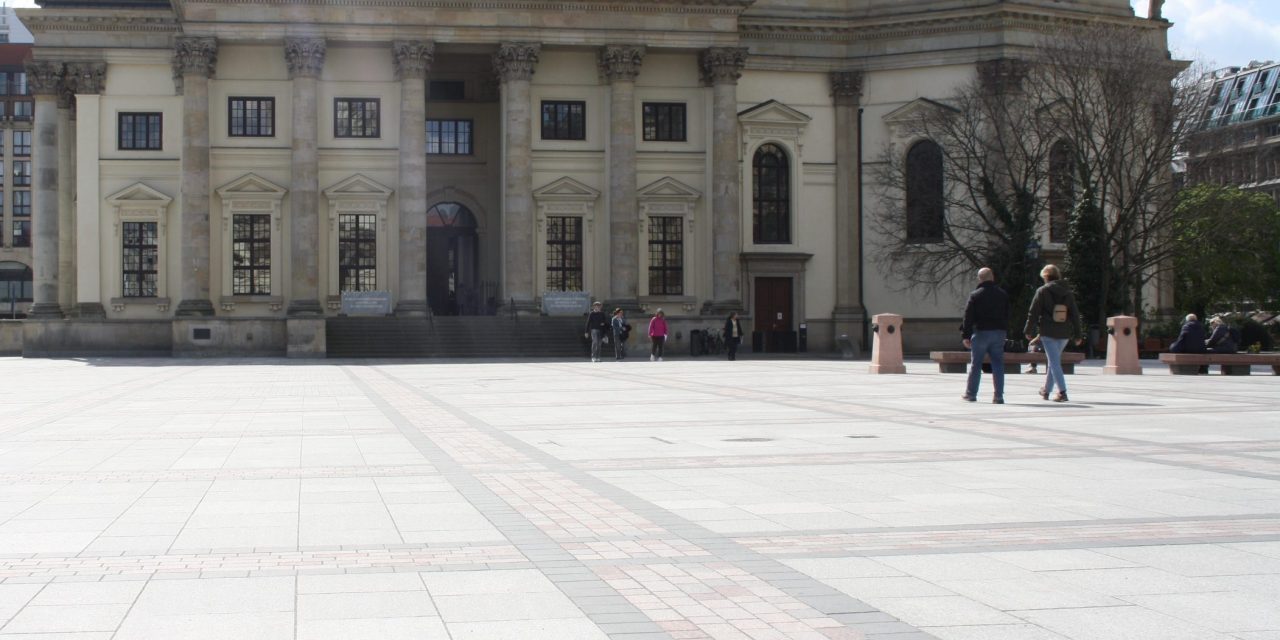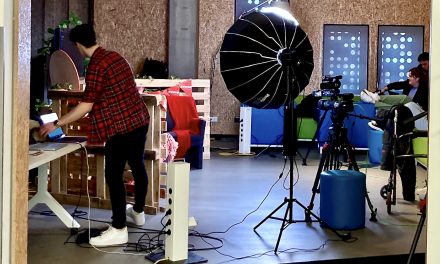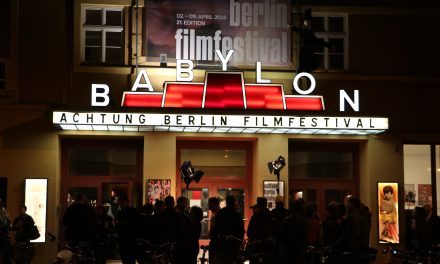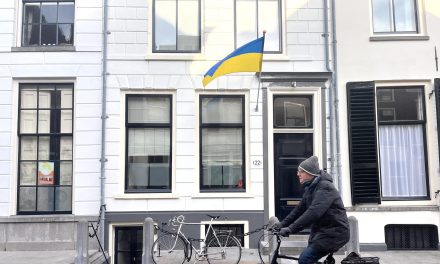The Gendarmenmarkt, a historic square in the centre of Berlin, has reopened after two years of renovations. However, the redesign has sparked disagreement across the city, with tourists and residents alike voicing frustration over the loss of shade and greenery. The once-beloved location is now being called a “stone desert” by many, as the trees that once lined the square and provided much-needed shade have been removed. Online critiques voice concern that the square has lost its inviting charm, becoming more of a monument than a functional public space. So, has the renovation influenced the livability of the Gendarmenmarkt?
A Square of Significance
Built in the 17th century, the Gendarmenmarkt is home to the German Cathedral, the French Cathedral, and the Konzerthaus, together forming one of Berlin’s most striking architectural ensembles. The square’s rich and eventful history is marked in its very structure. Each era has left behind its architectural imprint, reflecting the city’s evolving cultural and political landscape. Urban researcher Felix Bentlin of TU Berlin notes that Gendarmenmarkt has long served as a model of city planning. “It was part of a vision for urban expansion,” he says. Today, it draws over a million tourists each year.
What Is Grün Berlin?
In October 2022, renovations began at Gendarmenmarkt, one of Berlin’s most iconic squares. The project was led by Grün Berlin, a state-owned organization that specializes in sustainable urban development, often coordinating large-scale infrastructure projects for parks and cultural sites.
Costing €22 million, the two-year effort aimed to restore the square’s historic character, drawing inspiration from its GDR-era layout. The redesigned square now features a more open, uniform stone surface and updated infrastructure.
According to Grün Berlin, the project was meant to improve accessibility, support cultural events, and preserve the site’s architectural heritage. Still, as urban design researcher Bentlin notes, “What’s important is what we don’t see,” referring to the underfloor infrastructure that supports long-term climate adaptation. These upgrades, he adds, are “part of adapting the space for the future.”
Shade vs. Stone
The renovations were intended to make the square more resilient to climate change and improve urban life over time. However, for many visitors, the immediate effects raise questions about the square’s livability. Christina and Henry, tourists from the United States, noted, “It’s so hot with all the concrete,” adding, “It’s sad not to see more green in a city like Berlin.”
Dr. Bentlin acknowledges the discomfort visitors feel but encourages a broader view. He suggests critics consider the square’s “evolving role over centuries,” emphasizing the “importance of layered history, public use, and the modern infrastructure” needed to support events. “It’s not just a park; it’s a square,” he says. Maintaining this balance, he argues, is essential for the square’s long-term adaptability, serving both Berliners and millions of visitors.
What Locals Are Saying
In contrast, Berlin-based students Henry and Oliver, taking a break between university classes near Friedrichstraße, shared their frustrations. “It’s quite warm, right?” Henry noted, gesturing at the sun-soaked pavement. Oliver added, “It’s only going to be worse in July or August.” The lack of trees, they said, makes the square uncomfortable during warmer months. “Why didn’t they just put more trees here?” Oliver asked. “It looks better, it’s nicer.”
Their remarks reflect a growing concern among locals that the redesign prioritizes aesthetics over function. While tourists may appreciate the open layout, those who use the space daily feel that comfort and usability have been overlooked.
A Balancing Act
The renovation of Gendarmenmarkt represents a cultural balancing act: preserving the square’s historic charm while adapting it for the future. Dr. Bentlin stresses the importance of future-proofing public spaces, noting that long-term benefits, like better infrastructure and event support, often take time to show their value. But for Berliners and visitors, day-to-day experience matters just as much.
The contrast is clear. While tourists admire the architectural clarity and clean layout, locals are asking for shade, comfort, and community. “All the heat just reflects from the concrete,” Henry said. It’s a square with centuries of history, but one that some feel is missing a basic element of public life: shelter from the sun.
Adapt and Survive
The renovation of the Gendarmenmarkt leaves a lingering question: in adapting a historic square for the future, has something essential been overlooked? While the space is now more resilient and event-ready, its everyday functionality feels less certain. The balance between preserving architectural heritage and creating a place where people want to linger remains delicate. In the end, it’s not only about what’s been restored, but what’s no longer there to invite people to stay.
